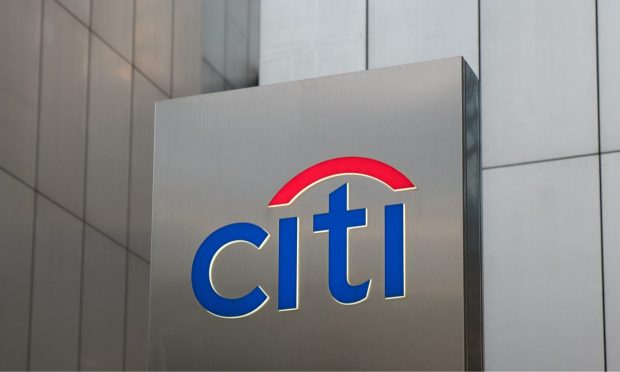Citi Uses Contour to Carry out Its First Blockchain-Backed LC Transaction

Citi India tapped Contour to conduct its first blockchain-enabled letter of credit transaction.
It was the banking giant’s first transaction using Contour, a digital trade finance network of which Citi is a founding member bank, according to a Monday (April 17) press release.
Contour’s decentralized global trade finance network has shown that letter of credit (LC) processing time can be cut by as much as 90%, the release stated.
While LC document presentation typically takes five to 10 days, it wrapped in three hours for this transaction, the first of its kind in India, according to the release. The transaction was carried out on behalf of Cummins India Limited (Cummins), a diversified industrial manufacturing firm.
“A top priority for our trade business globally, and in India, is to simplify trade processes and reduce transaction time, as well as provide clients access to trade financing and working capital solutions, through digital platforms,” Mridula Iyer, head of treasury and trade solutions for Citi South Asia, said in the release. “Platforms such as Contour bring together multiple partners involved in a trade transaction while eliminating the need for paper-heavy documentation and is a critical enabler of trade digitization.”
Citi’s success comes amid an innovation boom in the trade finance field, allowing for quicker decision making and more streamlined processes.
There was a time when trade finance was mired in a drawn-out risk assessment and underwriting process, meaning that getting access to credit could take days or weeks, particularly for first-time businesses.
“But as the digital toolkit deployed by banks and their partners has grown, the lending process is increasingly accelerated, and many trade finance loans can now be approved and paid on the same day,” PYMNTS wrote in January.
Last month, PYMNTS examined the trade finance gap that has emerged as banks have gotten stricter with their lending.
The Federal Reserve’s most recent quarterly report on small business lending found that small business commercial and industrial (C&I) lending fell in the third quarter of 2022, while supply chain disruptions led to a rise in loan demand.
“Inflation, tightening credit and an uncertain macro climate all foment pressures that come to bear on accounts receivables processes, where cash flow visibility is most critical, and often lacking,” PYMNTS wrote. “Cash in the coffers means that there’s the ability to run businesses day to day and plan for the future.”

